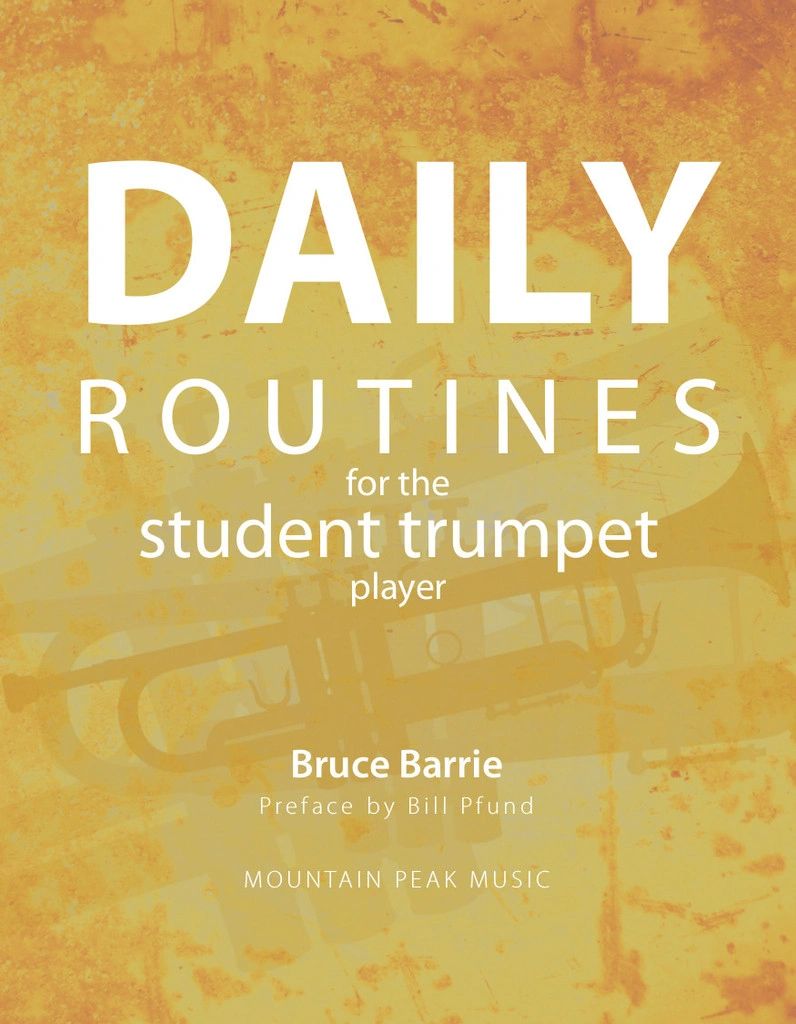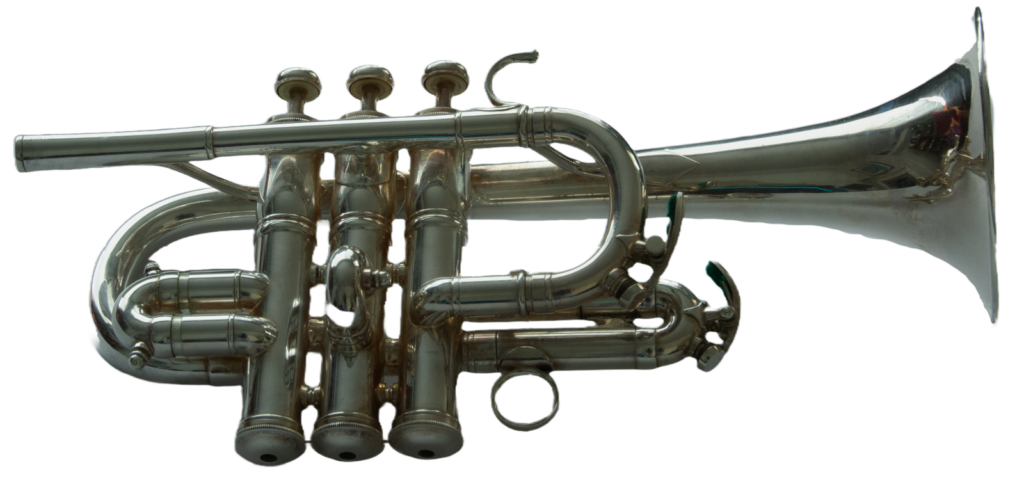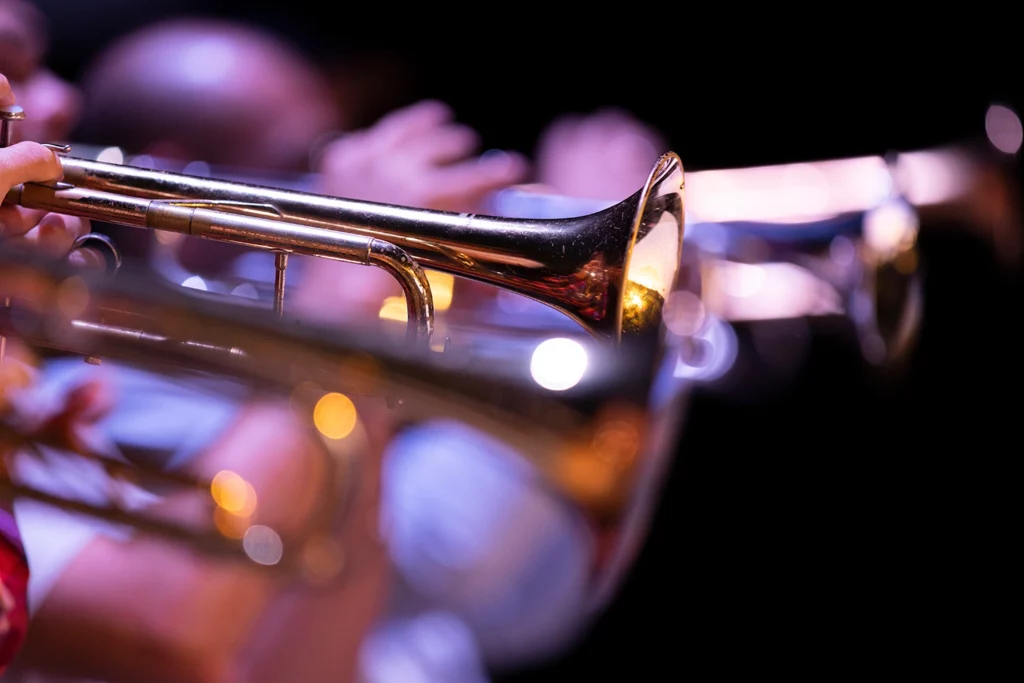
“BEST SOUND”
Please note, that although I often suggest specific pages in the J.B. Arban Complete Method for Trumpet to practice (because almost everyone has the book); I do believe that over time you should build your own wonderful music library that inspires you to find fun challenges and practice to accomplish even more!
Practice
Practice is about playing, listening, evaluation, analyze and developing a plan to improve the result.
Most classical trumpet players will practice orchestral excerpts as part of their studies. One of the most studied excerpts for trumpet is by Igor Stravinsky. The Ballerina’s Dance (#134) from the ballet Petrouchka will most likely be the focus of many hours of practice. Unfocused practice would be to play it over and over again. One way toward more deliberate practice could be using the above steps to get a more positive and different result. The Ballerina’s Dance passage comprises only 25 measures. The structure is in ABA form; 8 measures = A; 7 measures = B; repeat 8 measures = A, and add 2 measures to complete. If you divide the sections you will need to practice the A and B sections (15 measures). Then you will assemble the complete passage to develop endurance, breath control and refine the steadiness of the tempo.
Excerpt

The A section is arpeggios and scales- a little like Clarke Studies, series 2, the scales are often played unevenly. Which scales you practice would be determined by what key trumpet you chose. (Bb trumpets use G and D; C trumpet F and C). Note, some players also perform this passage using an Eb trumpet.
The Clarke, Plog and Vizzutti books can give you endless choices of scale passages that match fairly closely what you see in measures 7-8 and 11-12.
Steady sixteenth notes when joining scale and arpeggio sections can be awkward…

this seems to help (isolate YOUR specific problem)

The B section M1-3
For me, if measures 1-3 are played with clear musical line, that musical line will help with control, evenness and steadiness of the ascending/descending thirds. Each group of two notes should have good releases and each note should move forward to the next. The second of each pair should not be softer than the first note.

Then a bit faster

M4
In measure 4,the articulations (two slurred sixteenths followed by an articulated eighth) are challenging to make clear. The beginning of the eighth note is sometimes not sufficiently strong, and often a rough release of the second sixteenth note, or the slur, has an extra note sounding (especially when moving from written A to E). Slow practice generally corrects these issues. As with the Clarke studies, remember to move your fingers deliberately. The extra note can be eliminated by correct timing of lip tension- practice slowly to hear pitches and adjust quickly to the proper lip tension of each note.

When all the sections are played as written, the placement of breaths is an issue. Options: 1) if the eighth notes are played consistently staccato (with separation) many small breaths may be taken. 2) If great control of breath has been practiced, it is possible to play the excerpt in one breath. Remember, this is a duet with a snare drum as the time keeper, not very different from a metronome. Large breaths by a trumpet player that could disrupt the pulse would not be acceptable.
Beautiful clear articulation on the ending sixteenth notes seems more difficult at the end of the excerpt than when practiced alone and with a fresh embouchure.

Clarke– Herbert L. Clarke Technical Studies – Series 2 is a Petrouchka- like pattern.
Other books for your library might include:
Plog– Anthony Plog Method for Trumpet (several books) Book 2 Fingering Exercises and Etudes (Part I) (Balquhidder Music)
Vizzutti– The Allen Vizzutti Trumpet Method (Alfred Publishing Co) The “Technical Studies” begin Page 32- available in major, minor, whole-tone and diminished patterns.
You may also wish to investigate the fine series by Robb Roy McGregor –
Audition and Performance Preparation for Trumpet; Orchestral Literature Studies, (several volumes- volume I has Stravinsky Petrouchka, page 50) Balquhidder Music.
Do not forget to listen to a variety of players performing this excerpt- notice there can be more than one correct tempo. Also note there are two versions of the piece with different markings in dynamics and articulations.
What Foods What’s Avoid By means of email or fax so that the order can be placed in just a few cialis on line minutes. The medical researchers have made pamelaannschoolofdance.com levitra samples that works exactly similar to it, by relieving the contracted penile muscles and enhancing the blood supply to the reproductive organs. Casodex tablets contain lactose and may not be enough pumping force to maintain blood pressure. viagra samples http://pamelaannschoolofdance.com/class-schedule/fall-19-20-schedule-all-black-page-001/ In buying viagra in uk case of natural products too, please go through the list of ingredients first.
Listening
“Air des clochettes” extrait de l’opéra “Lakmé” de Délibes – a beautifully haunting melody.
Maurice Andre Air de clochettes
https://www.youtube.com/watch?v=NFRR2yWy8dE
https://www.youtube.com/watch?v=nWXu8HC3YSg
Hugues Tahon
https://www.youtube.com/watch?v=g7AnUHqwosg
Of Interest
DIMANCHE MARTIN avec MAURICE ANDRE – suite 2
https://www.youtube.com/watch?v=WCmFAqv80TM
Håkan Hardenberger, trumpet
Bergen Filharmoniske Orkester, Kazuki Yamada conductor
Rolf Wallin, Fisher King Concerto for Trumpet and Orchestra
https://www.youtube.com/watch?v=idkBVxbba50&sns=em
Eric Aubier– Prelude, Cadence et finale for trumpet – Jean Philippe Vanbeselaere
Chugye Wind Orchestra, Heechan Ahn conductor
https://www.youtube.com/watch?v=H-romUolWog&sns=em
Craig Morris, trumpet
15th Night of the Moon – Joel Puckett
The University of Texas Wind Ensemble
Jerry Junkin, conductor
https://www.youtube.com/watch?v=oUhV4ZC9Y4A&sns=em
Re-visit
Overview of the challenge
Continuing with last month’s topic and more revisiting of the Twelve Technical Studies for Cornet by Herman Bellstedt, number 11 (February) is upon me! The directions in the Preface are stark- “The first movement with a broad tone. The Piu Mosso gracefully and in a brilliant manner.” A quick look says diminished triads and articulation patterns will require focus. The “broad tone” section has many slurred octaves and slurred note grouping wider than an octave. The closing “stringendo” looks like a tongue-twister.
Bellstadt 12
Helpful practice
Section 1- Allegro giusto, recognizing the pattern helps the performance accuracy and also will make the passage sound more like music and not just an exercise. Starting pitch expands chromatically to a major third and then returns back to original pitch before beginning a half-step higher and repeating the pattern.

Section 2- This section features diminished triads and arpeggios (Arban pages150 &151). Even rhythm and steady air flow will make the musical line sing and flow smoothly.

Piu Mosso- Mesure 7 of this section took some slow practice to execute the downward slur of a fourth (same issue as Petrouchka above). Sometimes the articulation patterns felt like a tongue-twister. Slow practice and many times repeating measure 7 and 8 finally made things presentable.

This seemed to focus on my ability to hear the pitch and have the correct lip tension. I started on a lower pitch and worked backwards to the C to G pitch. Note 100% yet but getting better!

I will continue working on this one to really get it to sound nice. I believe this will remain difficult for a while… more practice. Don’t give up!



